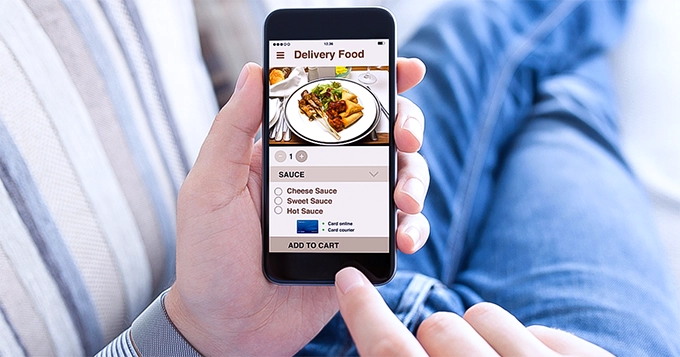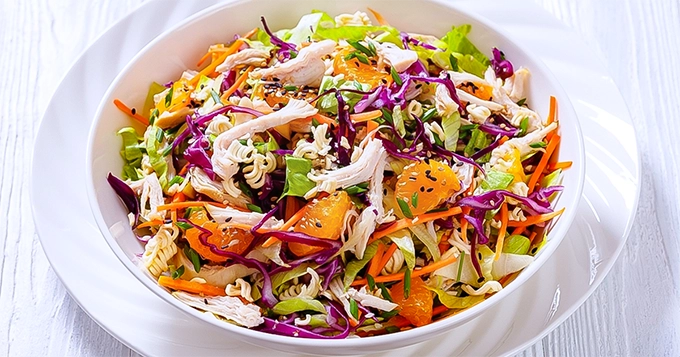A guide to eating healthy seems to be tossed out the window when you’re trying new restaurants. When eating out, people often consume fewer fruits, vegetables, and whole grains and more calories, saturated fat, and salt. In actuality, foods consumed outside of the house account for close to one-third of daily calories for individuals in America.
But eating out is just hard to resist! Going out to eat has numerous benefits, like being quick, easy, and great tasting. However, dining out might be a hurdle to success if you’re trying to be careful of your food choices or make healthy nutritional improvements.
That is where we come in. To help you, we have come up with this list of tips on ways to healthy eating and how you can navigate around common problems when eating out.
1. Plan Ahead
Check menus online.
The first guide to eating healthier is by making your own inquiry about the restaurant you want to eat at. Knowing the menu a bit more will enable you to jump in and assist with some suggestions. Aside from being able to search for the total calories and macros of the food on their menu, you can also see if the restaurant you plan on going to offers foods that are approved for your diet.
Eat a healthy snack before going. Don’t eat out when you’re TOO hungry.
Although it might be tempting to “save up” calories before going out to eat, it’s typically not a good idea. Making the ideal choice at the time might be difficult due to your intense hunger. You could even feel like you have no control over what and how much you eat because you are so hungry.
2. Be Mindful of Portions
We are provided far more food than we require in restaurant servings, and we have a tendency to overeat when this happens.
Try a handful of the following to combat the huge portions:
-
- Share an entrée with your family or friend
- Purchase the kid size.
- Order appetizers as the main course.
- When given a choice, choose a side dish of vegetables rather than fries or chips.
- Eat slowly. It’s not just better for your digestion but you can also manage your consumption better.
- Take out the rest if you’re full. Don’t push yourself to finish the food.
3. Choose wisely
Pick a healthier menu option. Here is a simple guide to eating healthier:
Avoid fried foods.
Remove the breading from fried items before eating, or choose dishes that have been grilled, steamed, or broiled instead of fried. Opt for a side of salad or just plain fruits instead of fries.
Salads options.
Getting a salad is definitely on our list of simple guide to eating healthy. Get low-fat salads with grilled chicken instead of crispy chicken or dressings without fat. Ditch the sweet and sticky dressing, as they tend to be high in carbs and sugar. Steer clear of the cheese, croutons, and bacon toppings. You don’t want to turn a healthy salad into a meal that will raise your chance of developing a chronic illness because these are heavy in calories and saturated fat.
Drink wisely.
Instead of sugary drinks, you can choose low-carb, sugar-free beverages if available. But don’t be afraid to order water. It can save you extra calories and money!
4. Make Special Requests
Don’t be afraid to ask for a few tweaks or changes in the meal you’re ordering. It’s hard to follow a guide to eating healthy when all the foods in the restaurant you want to try are all high in carbs. However, it’s important to remember that most restaurants cater to food allergies and dietary restrictions. Here’s what you should request and how to ask for something extra at a restaurant without being rude.
-
-
- Say your requests as soon as you can. State your needs to the restaurant when making a reservation.
- Let them know the ins and outs of your restrictions and preferences – you can do so by writing. Your servers are not mind-readers.
- Be patient and reasonable. Only make requests that the kitchen can likely accommodate.
- Ask for dressing on the side instead of pouring it all on the dish. In this way, you can control how much you put on the salad and eat.
- Ask for substitutes. For example, instead of buns in burgers, you can substitute them for lettuce wraps (if available).
- Ask to remove certain ingredients that you should avoid when engaged in certain diets. For example, you can remove onions in your salad if you’re following a low-carb diet.
-
If you are trying to follow ways to healthy eating, there’s no doubt that eating out can be a challenging feat. We hope these simple tips help you overcome those challenges and explore new food stops, restaurants, and fast food chains to dine in.









